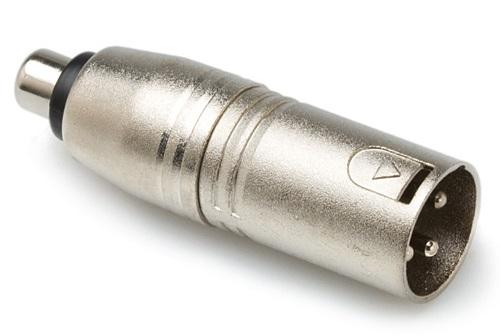I have designed an ADC Circuit with the PCM4220 buffered by the OPA1632 but strangely enough, when I supply a Vcom at the OPA1632 this voltage also appears at the + and - input on the XLR connector causing plops when connecting a device to the input.
I followed the example designs in datasheet of the PCM4220 and the OPA1632 closely, the only differences are the decoupling that I used and that the Vcom is buffered by a NE5534 instead of an OPA227.
Can someone help me in figuring out how to solve this problem?
Regards,
Niek ten Brinke


